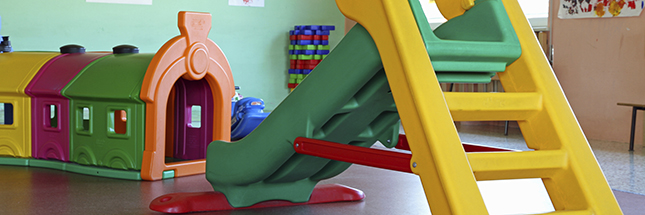Funding for Pre-Schools

There is a current lack of funding in the United States for preschool programs. Early learning has been proven to have a significant positive effect on student outcomes; however, currently fewer than 30% of all four-year-olds are enrolled in quality preschool programs. Funding to support these programs and make enrollment possible for families from all socioeconomic groups is a current area of need that has been identified by the government. Moreover, statistics indicate that spending money on preschool programs provides seven times the financial return in money spent on remedial education, special education, grade repetition, increased productivity, and future earnings for children and adults who have had the opportunity to attend preschool.
Operational Costs
Operational costs vary from one educational institution to the next. There are several factors that affect the cost of preschool. The facility’s hours of operation is one such factor. Cost increases with each additional hour that students may access the school. The teacher’s qualifications is another factor that may affect operational costs. In order to retain a highly qualified teacher, schools must pay a competitive salary. In most cases, additional staff members, whether other teachers or less-qualified individuals, are also needed to provide a satisfactory educator-to-student ratio.

Where Funding Comes From
Funding for preschool programs in the United States comes from a variety of sources, depending on the state, city, and type of program. Funding must also take into consideration that preschools differ greatly when it comes to educational standards, how many hours per day children attend, how many days per week children attend, and which children are eligible to attend and at what age. There are various funding models that preschools may use to operate. Most preschools are operated by private organizations, which means that funding must be made available at federal and state levels in order to make it possible for children from low-income families to attend preschool. Federal funding currently comes in the form of grants for preschool programs. The No Child Left Behind Act mandates that these grants also include preschools for special needs and at-risk children.
Statistics
According to a report released by the National Institute for Early Education Research, funding for preschool programs decreased by $548 million across the 40 states in 2012. Fifteen states were identified as providing a sufficient amount of funding per child in order to allow parents to access quality preschool programs. More than half of the approximately one million children enrolled in preschool in 2012 accessed programs that met fewer than half of the required quality standards. Enrollment increased by less than 10,000 children in 2012, a figure that does not represent an increase when population growth is taken into consideration. Twenty-eight percent of four-year-olds attended state-funded preschools, a figure that did not increase.
Alternative Sources of Funding
In spite of the recognized need for all children to attend preschool, tuition is expensive and the cost continues to rise. As a result, the federal government is making an effort to increase funding programs for parents who cannot afford to pay private preschool tuition.
